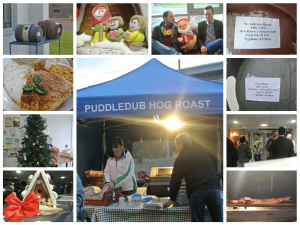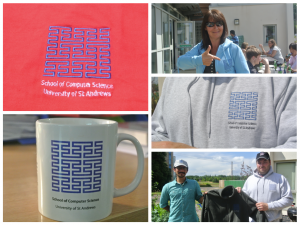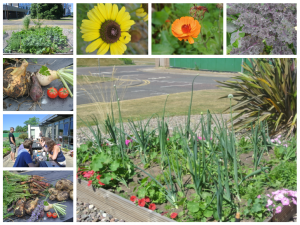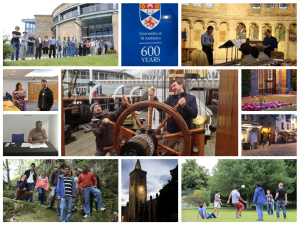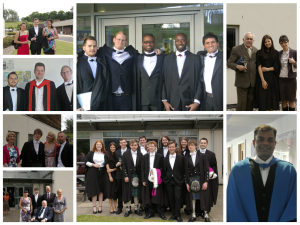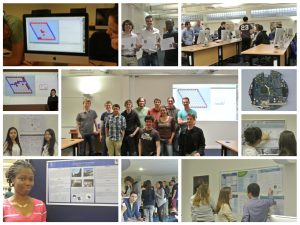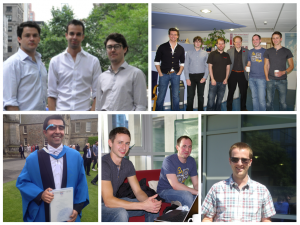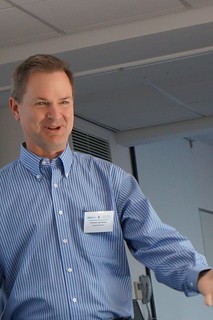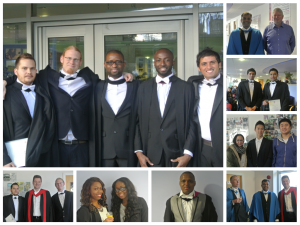Three-Hour Research Tutorial by Peter Christen, Australian National University
Privacy-Preserving Record Linkage (PPRL) is an increasingly important topic in data management, data engineering, and data mining, as organizations in both the private and public sectors are under pressure to share, integrate, and link their data in order to allow analysis that is not possible on individual databases. At the same time, sensitive information such as personal identifying details or confidential business data need to be protected. PPRL can for example be applied to match health databases without revealing any sensitive personal details of patients, or to detect individuals that have been involved in fraudulent activities across organizations without the need to share the full, potentially confidential, databases. Research in PPRL over the past decade has developed a variety of algorithms, however the challenge of linking very large databases in privacy-preserving, scalable, accurate, and automatic ways is still an open problem. In this half-day tutorial I will illustrate the significance of PPRL through several real-world scenarios, and introduce the concepts, techniques, algorithms, and research directions of PPRL.
This tutorial was previously held at CIKM 2013. Further details at: http://cs.anu.edu.au/people/Peter.Christen/cikm2013pprl-tutorial/.
There will be a limit on numbers due to the size of the venue. Attendance is free but prior registration is required. Please contact Graham Kirby <graham.kirby@st-andrews.ac.uk> if you wish to attend.
Event details
- When: 11th February 2014 14:00 - 17:00
- Where: Cole 1.33a
- Format: Seminar


